Agriculture & Natural Resources
Below are some of UGA Extension's most broadly useful resources for those involved in agriculture on the farm, in schools, and around the home.
Production Agriculture
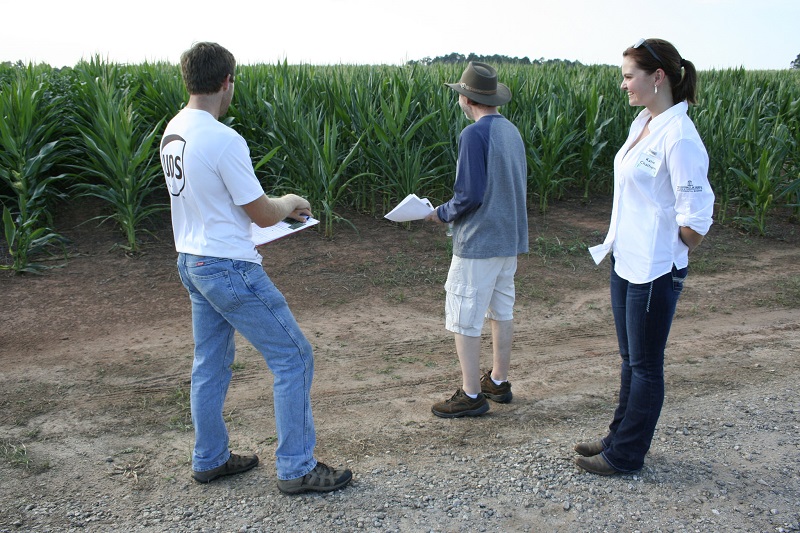
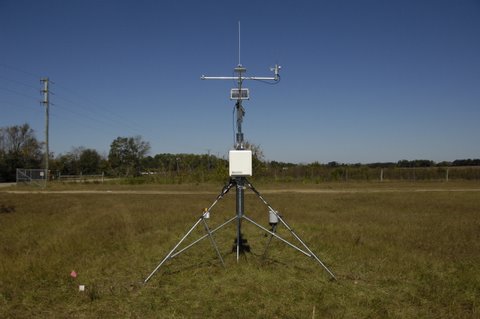
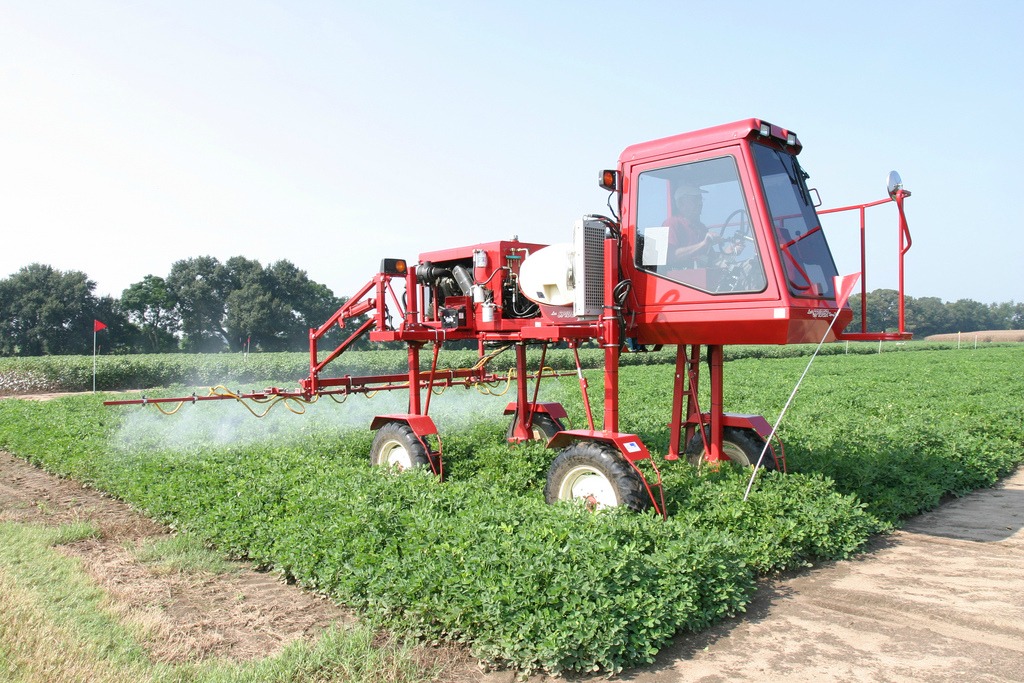
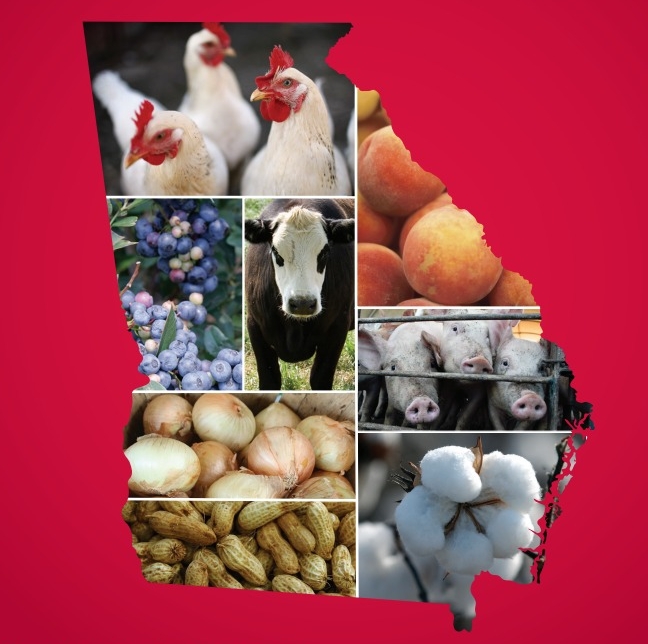
Home & Garden
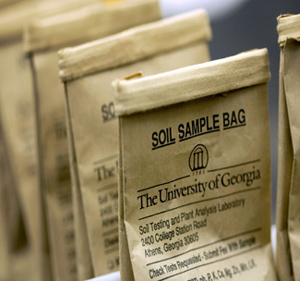
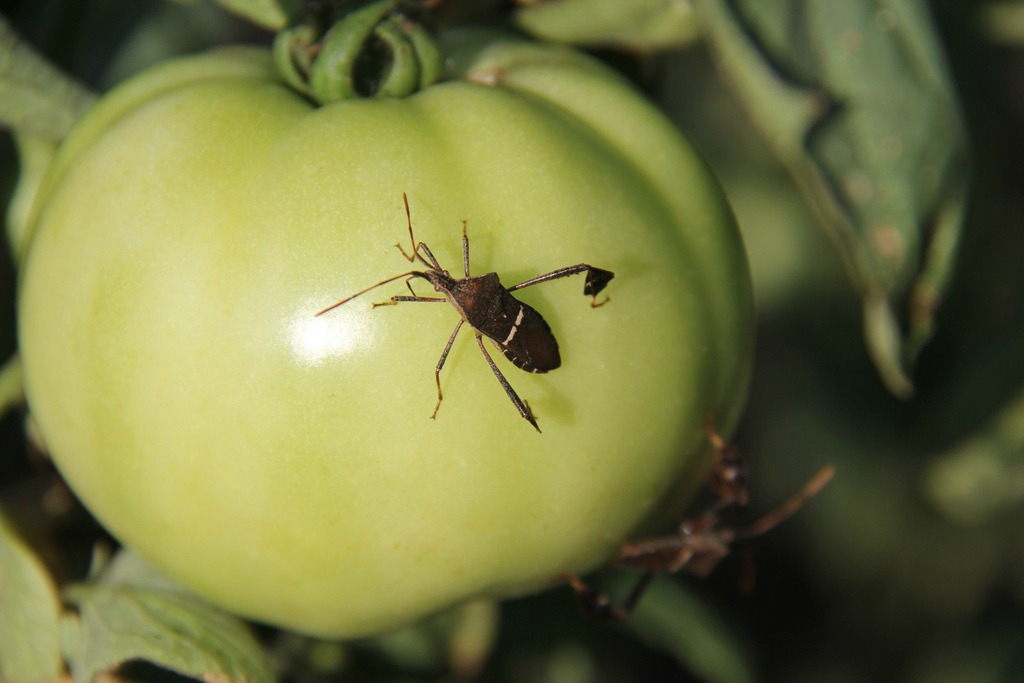

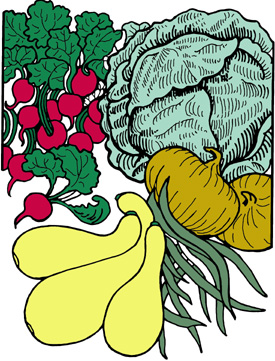
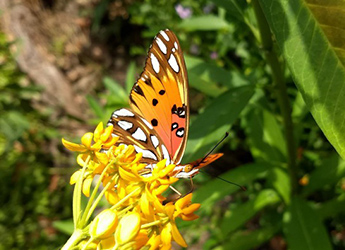
Schools
Georgia Agriculture Sales Tax Exemption Program (GATE)
Georgia Agriculture Sales Tax Exemption Program (GATE)
The Georgia Department of Agriculture is implementing a sales tax program for agricultural producers. Producer must submit an application and payment to become part of the program. More information is available at the GATE website.
Pesticide Applicator Licensing
The University of Georgia facilitates licensing for the Georgia Private Pesticide Applicator License. The testing for this license is online and there is a $25 fee for this test. For more information on receiving this license, please visit the UGA Extension Pesticide Safety Education webpage.
Grow A Garden From Scratch
Click below for information
Upcoming Events
-
Dec 16 One-Day ServSafe® Manager Certification Training and Exam UGA Extension Rockdale County provides a 1-day ServSafe® training which is nationally recognized and accredited for food service managers from the National Restaurant Association Educational Foundation (NRAEF). The ServSafe® Food Safety Training Program leads the way in providing current and comprehensive educational materials to the food service industry. A one-day review class and then a test at the end of the class. The $150 fee includes the book, class, and exam. Pre-registration required. Register online or contact the Rockdale Extension Office (770-278-7373) with any questions you may have.
- Conyers, GA - (34.0 Miles)
-
Dec 30 Beginner to Expert: Learn About the Top 10 Reptiles and Amphibians as Pets This is your chance to get up close and personal with some of nature’s most fascinating cold blooded creatures. In this lively, in-person workshop, you’ll meet different species of reptiles and amphibians — from beginner level companions to the more challenging exotics — with insights on their unique needs, personalities, and habitats. You will also have the rare opportunity to touch and interact with a few under supervision. Let guest speaker, Keelin Klein, UGA student and herpetology enthusiast, provide a deeper understanding of these neat animals, practical care tips, and maybe even introduce you to a new favorite scaly or slippery friend. This program qualifies for Master Gardener continuing education credit.
- Lawrenceville, GA - (49.0 Miles)
-
Jan 13 Do it for the Plot: Journaling and SMART Goals Turn ideas into action with a creative journaling and SMART-goal workshop. You’ll leave with a 90-day action plan — and a journal that feels like your new hype partner. Participants will take home mini journals and prompts. Snacks and mocktails included
- Decatur, GA - (32.0 Miles)
Our reports provide annual state- and county-level information about the value of all food and fiber commodities grown in Georgia. Ag Snapshots: A brief focus on Georgia's agricultural industry and are based on the Georgia Farm Gate Value Report from the previous year with helpful infographics and maps.; Farm Gate Value Report: An annual compilation of data on over 80 commodities across the state.
Georgia Agricultural Statistics - Publications | Agribusiness and Economic Development

